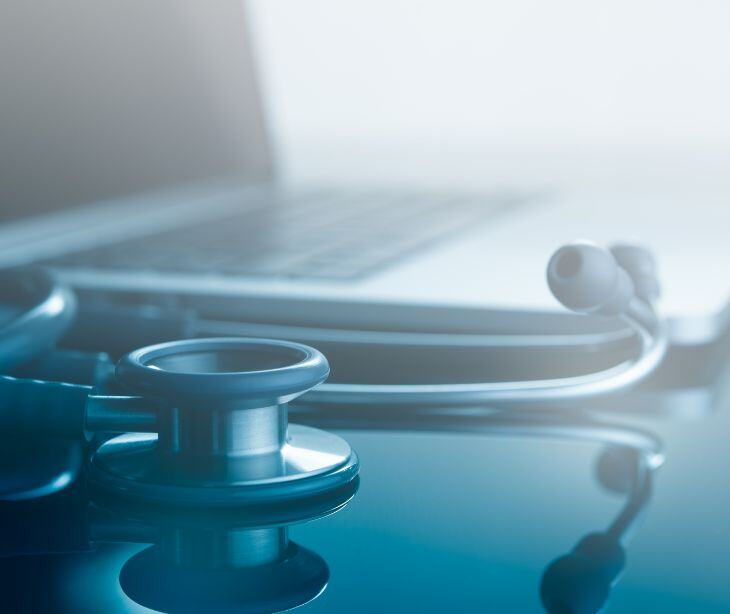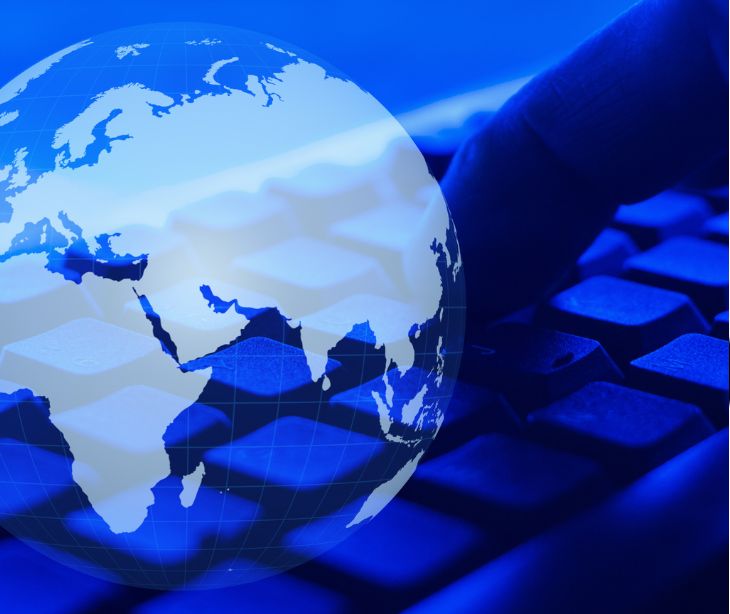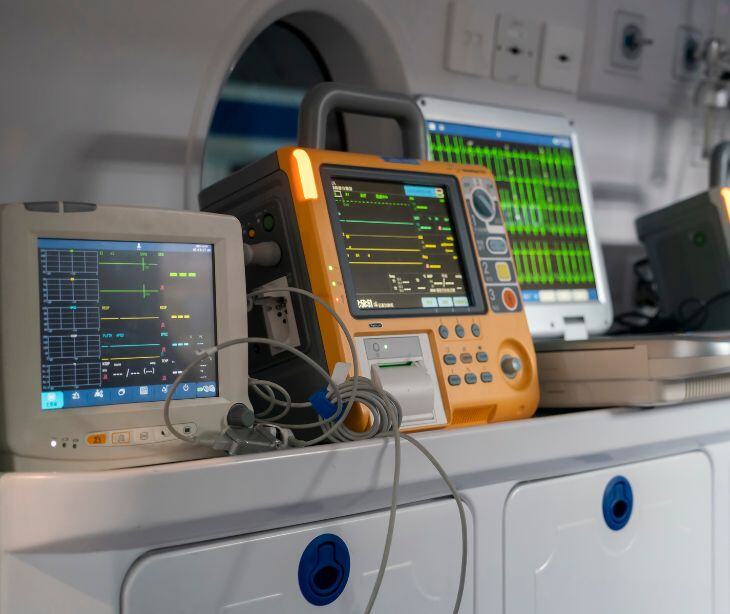
Healthcare is a prime target for cyberattacks because it depends on a web of interconnected systems, many of which are outdated and full of vulnerabilities. Attackers see an easy opportunity in these gaps, especially since healthcare organizations often store a goldmine of sensitive data like patient records and financial information. The stakes are high in healthcare, so when an attack happens, organizations might rush to pay ransoms to avoid disrupting services.
The vulnerability in healthcare organizations
The complexity of healthcare systems, combined with the industry's rapid adoption of technology, has outpaced its ability to secure these systems effectively. As a result, healthcare organizations are frequent targets, with 93 reported incidents between 2013 and 2016. The financial impact is also substantial, with healthcare data breaches costing an average of $4.35 million by 2022.
The root of this vulnerability lies in several interconnected factors. Many healthcare applications still operate on outdated cybersecurity systems despite rapid advancements in medical technology. Security misconfigurations and the failure to follow Secure Software Development Life Cycle (SSDLC) methodologies compound the issue, leading to further weaknesses in the system. Poor coding practices are also particularly dangerous, given the healthcare sector's heavy reliance on software automation for specific processes.
The value of health data
According to “Healthcare and Cybersecurity: Taking a Zero Trust Approach”, “ Patient records possess information of high monetary value to cyber thieves and nation state actors. The targeted data includes patients’ protected health information (PHI), financial information like credit card and bank account numbers, personally identifying information (PII) such as Social Security numbers, and intellectual property related to medical research and innovation.”
Data held by healthcare organizations is highly valuable to threat actors because it contains sensitive personal information. Healthcare data stands out in value due to its detailed and unchangeable nature. For instance, while a credit card can be canceled, a person’s medical history remains constant, making it a prime target for attackers. Threat actors often sell this information on the dark web or use it for long-term exploitation. The nature of the data also causes organizations to feel compelled to pay ransoms quickly to regain access
Common attack vectors
- Phishing emails trick staff into revealing sensitive information or installing malware.
- Ransomware encrypts data, forcing organizations to pay to regain access.
- Exploiting outdated software with known vulnerabilities or insufficient security (like not using HIPAA compliant email services).
- Credential theft allows unauthorized access to systems and data.
- Distributed denial of service (DDoS) attacks overwhelm systems, causing disruptions.
- Malware infections compromise devices and networks.
- Insider threats involve staff with malicious intent or who unknowingly aid attacks.
See also: Top 12 HIPAA compliant email services
FAQs
What is a cyberattack?
A cyberattack is an attempt by hackers to damage, steal, or disrupt data and systems.
What is an attack vector?
An attack vector is the method or pathway used by hackers to access a computer system or network.
What is a threat actor?
A threat actor is an individual or group that carries out a cyberattack, often for malicious purposes.
Subscribe to Paubox Weekly
Every Friday we'll bring you the most important news from Paubox. Our aim is to make you smarter, faster.



